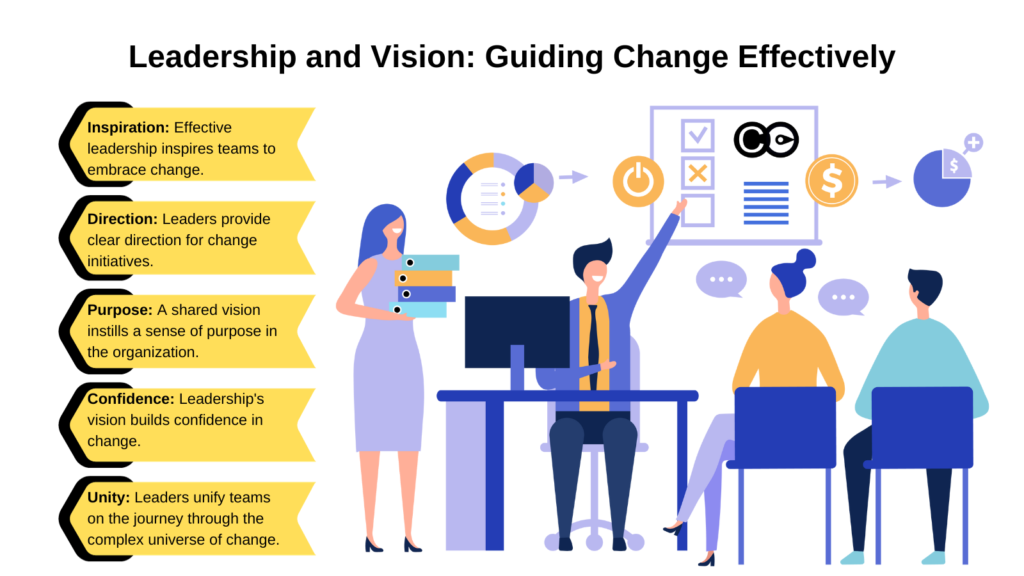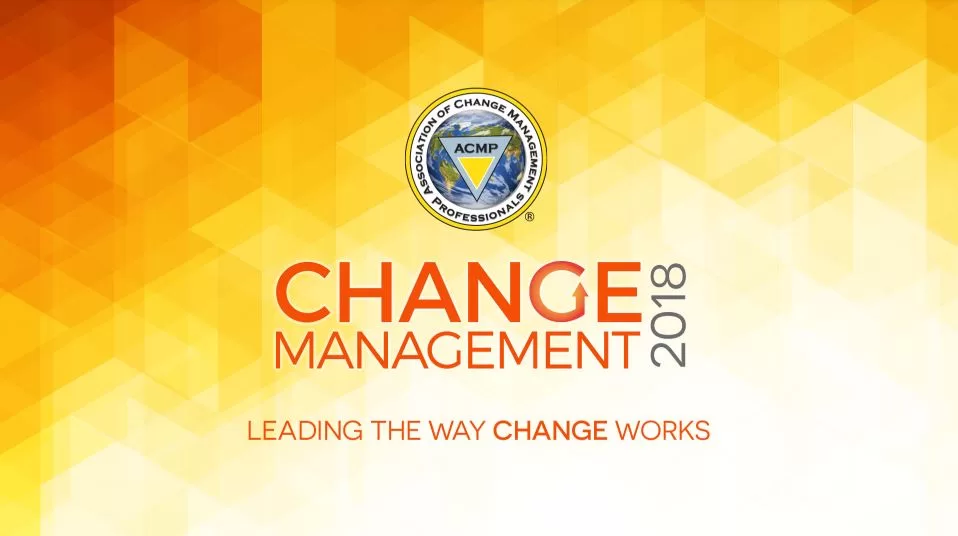
5 things Eames taught me about agile project delivery
Recently I was reading about the creative process of Ray and Charles Eames, the couple who epitomized modern furniture design in the 1940s-60s. I was immediately struck by how many agile concepts were championed by Eames all those years ago. What we now know to be the ‘new way’ of implementing projects in-fact go back a long way.
Here are some of the agile principles that have been championed by Eames in their design process.
1) Not reinventing the wheel
To deliver on the challenges of a new project the typical team often relies purely on the brain power of the existing team members in all facets of the project. However, there are significant opportunities to leverage from various experiences either within or outside the organization. This can include:
– Previous roll out experience of this particular product/service and how employees or customers experienced this roll out previously
– How to work with particular stakeholder groups as experienced by other project team members
– The successes and failures of the approaches that others have taken in designing the project solution (either technical or process solution)
– The approaches previous project teams have taken to meet the timeline challenges and lessons learnt
– The successes and failures of other teams in implementing any learning and development interventions as part of other projects, in terms of systems, content design and roll out approaches
2) Continuous testing and learning
Agile project approaches focus on iterative design and releases so that the project team can learn from each iteration. With each iteration, the overall solution then becomes more and more fit-for-purpose.
However, continuous testing and learning should not just be restricted to those project team members focused on process or technology design. All project team members should be involved in this. For example, from a change management perspective:
– Testing messages with employees to see if the message resonates and is appealing. One can also leverage the A/B Testing approach of coming up with 2 messages to test and seeing what the responses are. This can be done digitally (channeling half of the users to one version and the other half to the other version) and assess the impact of the message.
– Testing the learning content with users. For example, select a module to test with a sample group to collect feedback on whether the content is appropriately structured, positioned at the right level in terms of detail and clarity and using the right medium/channel
– Testing impact assessment details with users. Most projects select business representatives or subject matter experts to test the impact assessment details. However, testing impact analysis and understanding with end users can be hugely valuable to obtain a much more accurate assessment
Check out our article on what you can learn about change management through a famous Eames video.
3) “Respecting the materials at hand”
Understanding the capabilities, limitations, strengths, and weaknesses of the resources that the project team is working with are key to success. Resources, in this case, should be broadly viewed as including such as people resources, system resources, process maturity, and stakeholder capabilities.
The ability of the project team to understand and ‘read’ the capability levels of stakeholder groups to be able to learn, adapt, and embed new processes and behaviours needs to form a part of the work of the change lead. With better understanding, the project is then able to formulate the right design and support interventions to help drive and embed the new changes.
4) Come up with new perspectives and new ideas through play and fun
The Eameses continuous incorporated play and fun into their lives and it was through this that new ideas and perspectives often appeared. For the project team, incorporating play and fun is also important. Some examples of this could be a ‘hackathon’ for team members to go out of their comfort zone and come up within a short period of time (often 1-2 days) a problem and an already designed solution to fix it.
Periodical team development and bonding sessions could also be designed to incorporate a sense of play and fun. The trick is to incorporate elements of play and fun outside of the project context, as well as then linking things back to the project at hand. For example, the facilitator for the development session could design into the session dialogue around how their experiences have helped them to realise a different approach or idea of how they would work differently.
5) “Eventually everything connects”
One of the most important principles touted by the Eameses is that “eventually everything connects”. This is quite a profound statement in that it forces us to think broadly about what are the elements we are working with and how are these elements connected together. For example, how are our processes, the system design, the stakeholder communications, the learning interventions, and project branding, all connected together to form a system?
Whilst the elements of the system at a project level is critical. The project team also needs to look broadly across the organization to understand what is going on and what are all the dots and elements and how they are connected. To put this into illustration, what are other projects and changes that the organization is going through? How are these interlinked or not linked to the current project? How are other initiatives impacting the same parts of the business that this project is also impacting? As a result, how do we help the stakeholders to connect the dots around how different initiatives are connected to support a particular strategy or focus area? All these are important considerations for project and business success.
Read our ultimate guide to agile for change manager.
—————–




